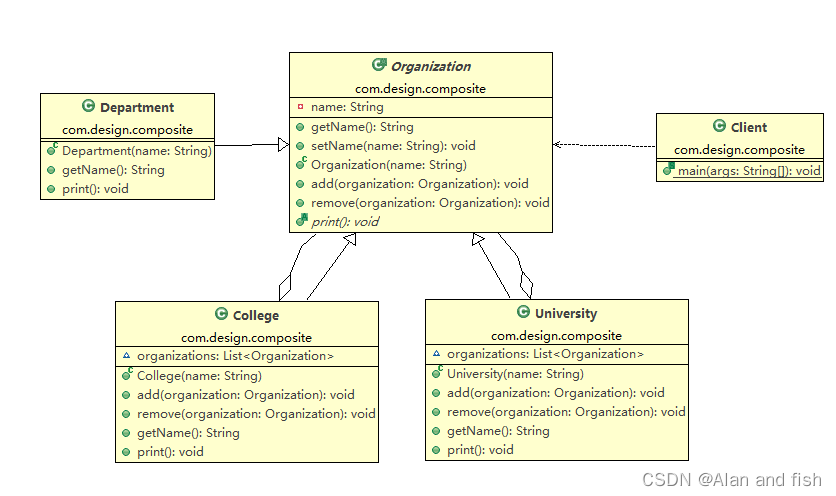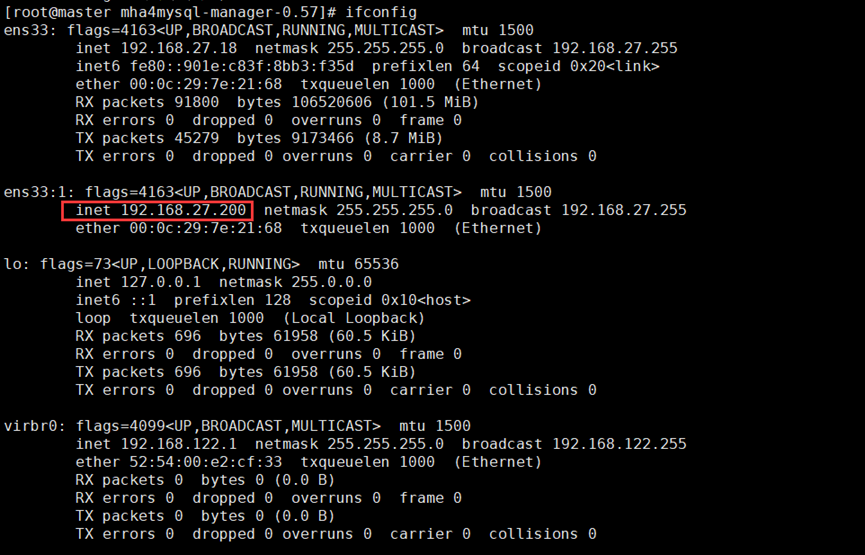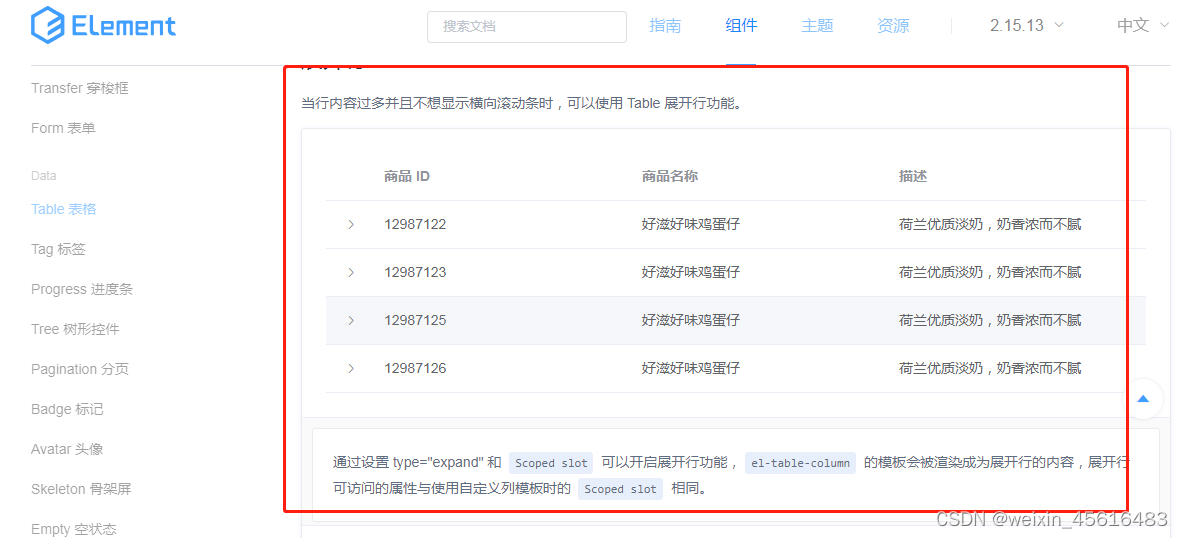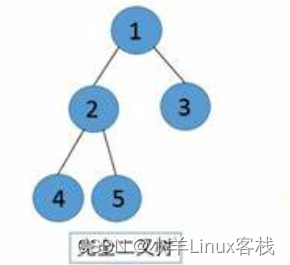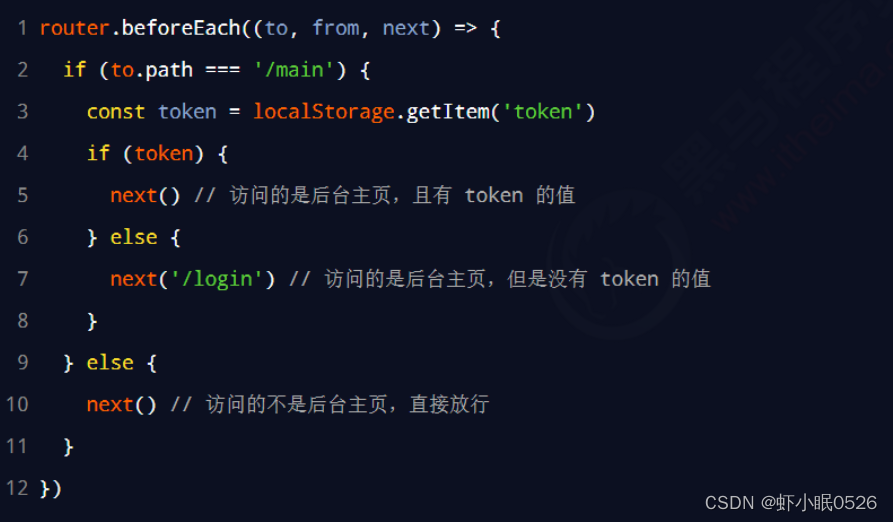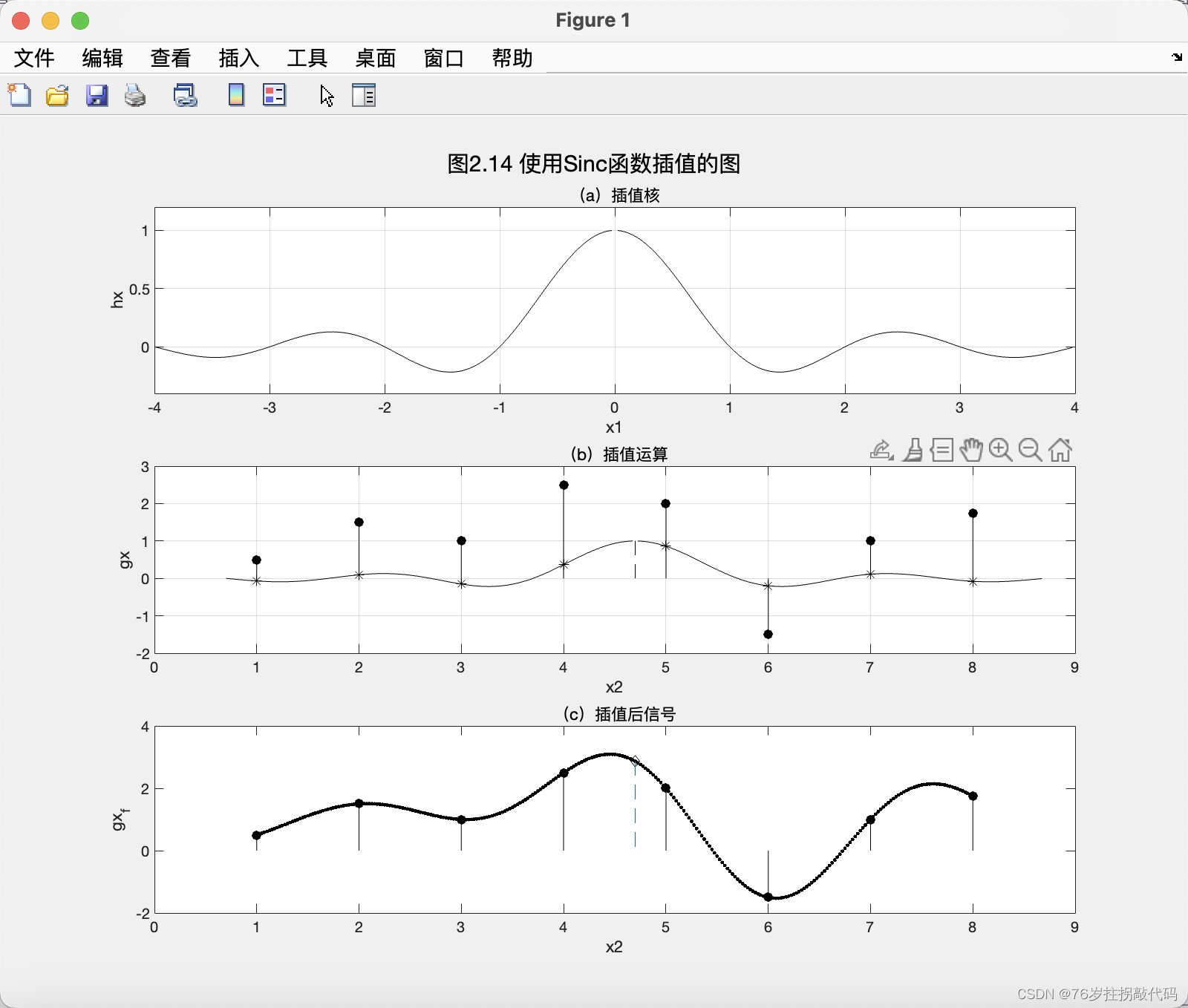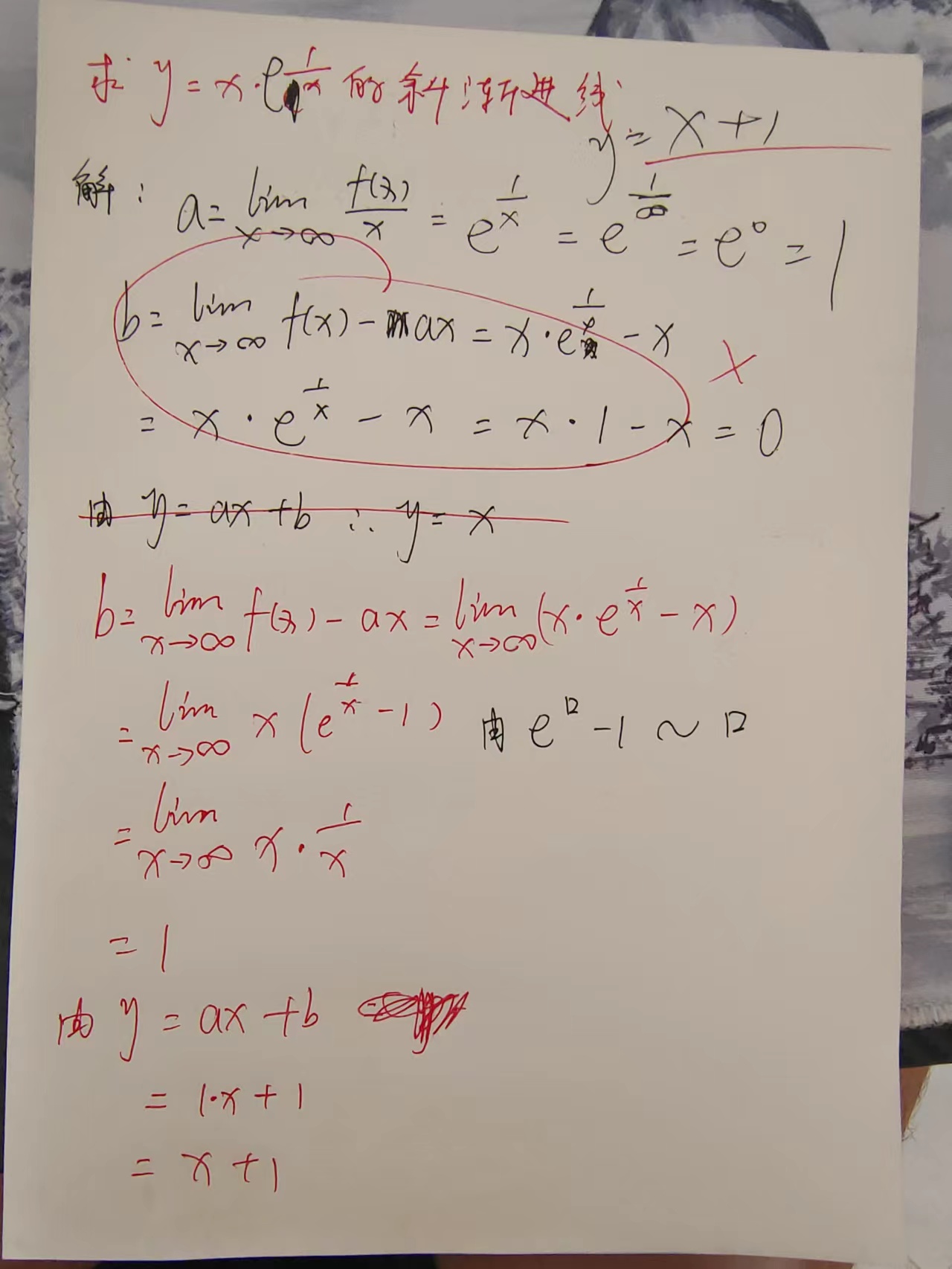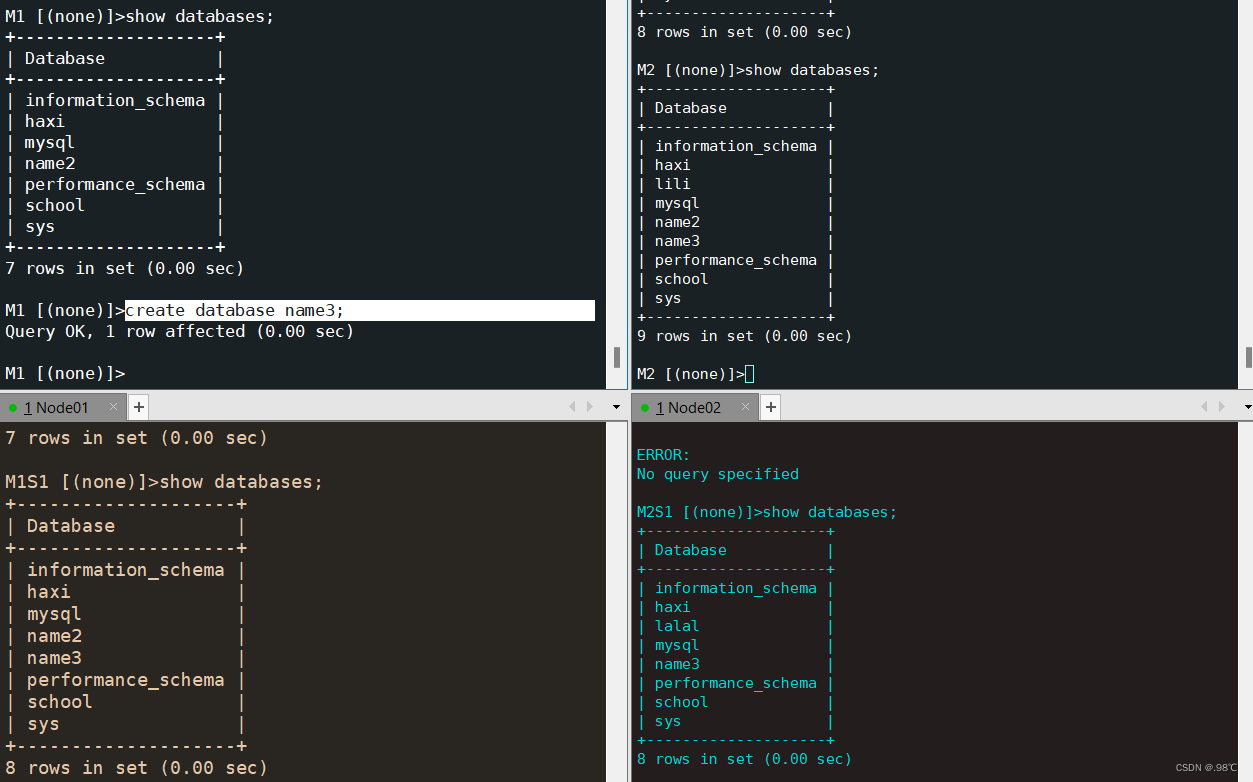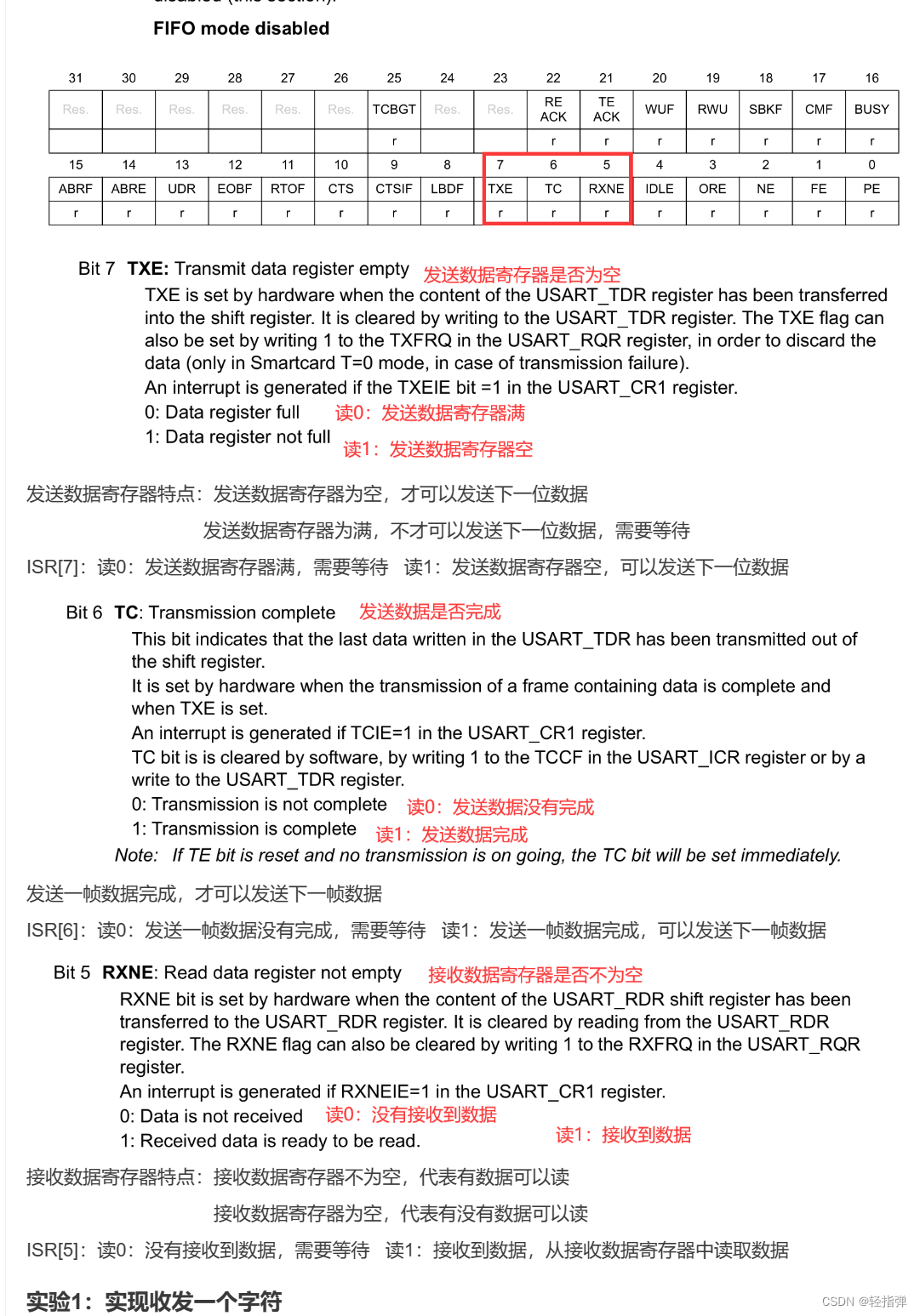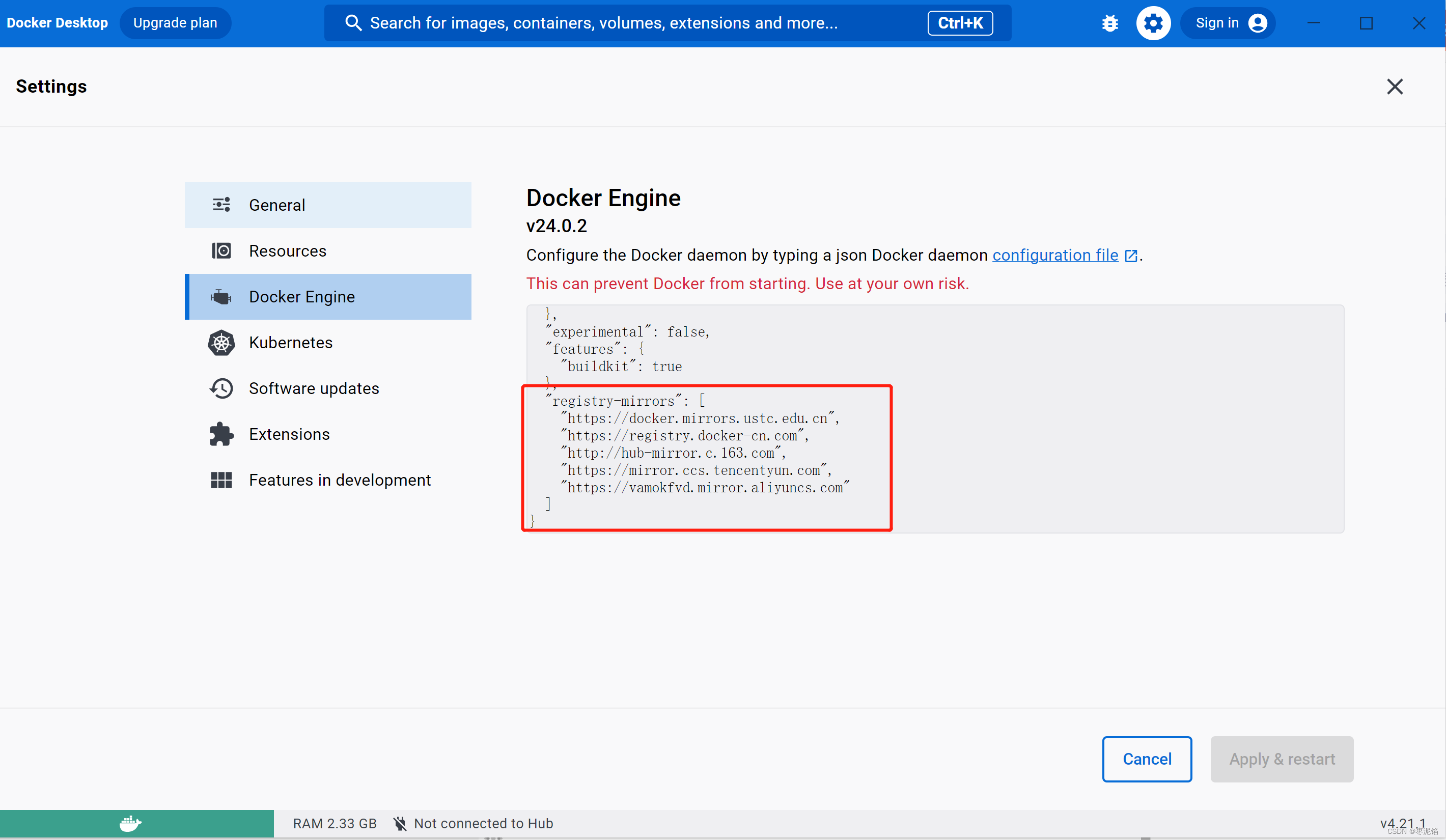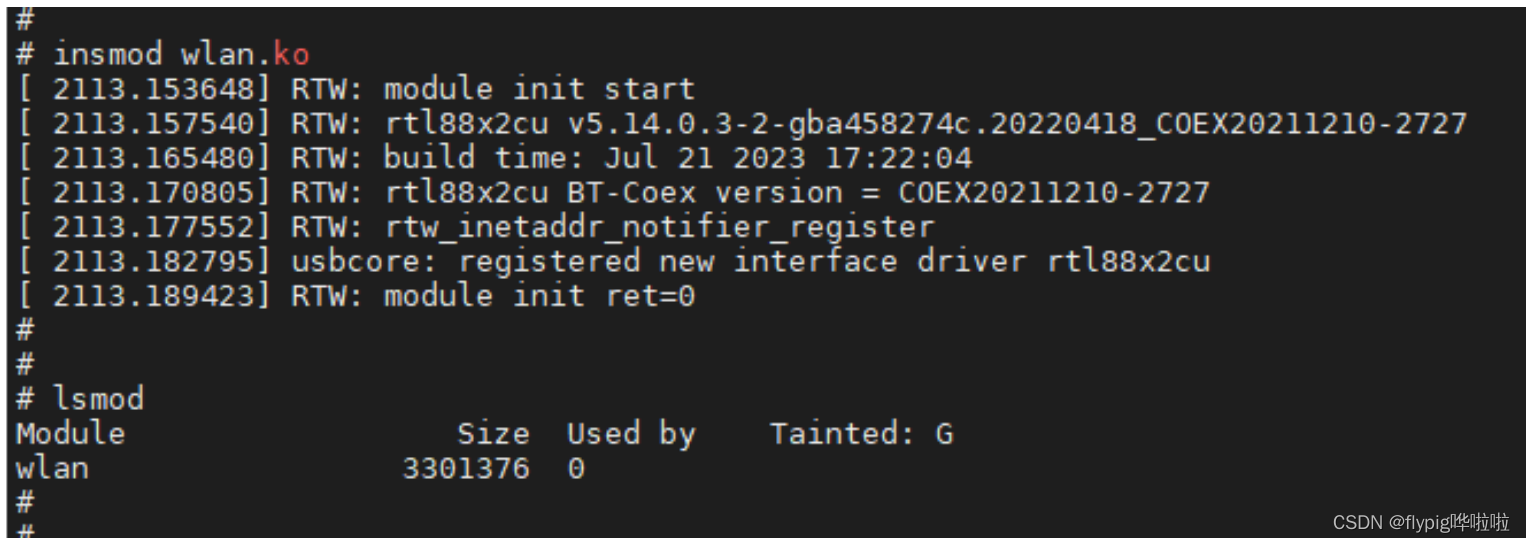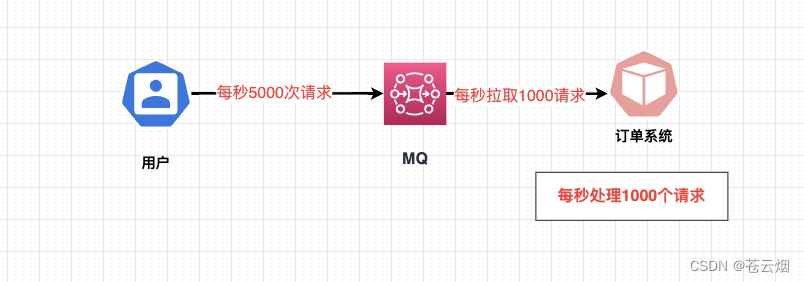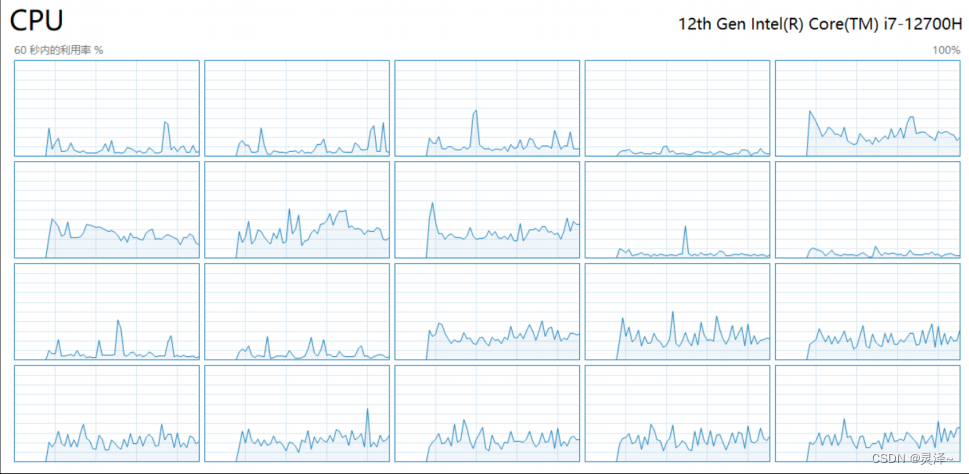内容:将对象组合成树形结构以表示“部分-整体”的层次结构。组合模式使得用户对单个对象和组合对象的使用具有一致性。 角色:
抽象组建(component) 叶子组建(Leaf) 复合组建(Composite) 客户端 (Client) UML 图 举个例子
from abc import ABCMeta, abstractmethod
class Graphic ( metaclass= ABCMeta) :
@abstractmethod
def draw ( self) :
pass
class Point ( Graphic) :
def __init__ ( self, x, y) :
self. x = x
self. y = y
def __str__ ( self) :
return "点(%s,%s)" % ( self. x, self. y)
def draw ( self) :
print ( str ( self) )
class Line ( Graphic) :
def __init__ ( self, p1, p2) :
self. p1 = p1
self. p2 = p2
def __str__ ( self) :
return "线段[%s,%s]" % ( self. p1, self. p2)
def draw ( self) :
print ( str ( self) )
class Picture ( Graphic) :
def __init__ ( self, iterable) :
self. children = [ ]
for g in iterable:
self. add( g)
def add ( self, graphic) :
self. children. append( graphic)
def draw ( self) :
print ( "----------复合图形----------" )
for g in self. children:
g. draw( )
print ( "----------复合图形----------" )
p1 = Point( 2 , 3 )
l1 = Line( Point( 3 , 4 ) , Point( 6 , 7 ) )
l2 = Line( Point( 1 , 5 ) , Point( 2 , 8 ) )
pic1 = Picture( [ p1, l1, l2] )
p2 = Point( 4 , 2 )
l3 = Line( Point( 1 , 4 ) , Point( 2 , 5 ) )
l4 = Line( Point( 3 , 5 ) , Point( 1 , 8 ) )
pic2 = Picture( [ p2, l3, l4] )
pic= Picture( [ pic1, pic2] )
pic. draw( )
适用场景:
表示对象的“部分-整体”层次结构(特别是结构是递归的) 希望用户忽略组合对对象与单个对象的不同,用户统一地使用组合结构中的所有对象 优点:
定义了包含基本对象和组合对象的类层次结构 简化客户端代码,即客户端可以一致地使用组合对象和单个对象 更容易增加新类型的组件
